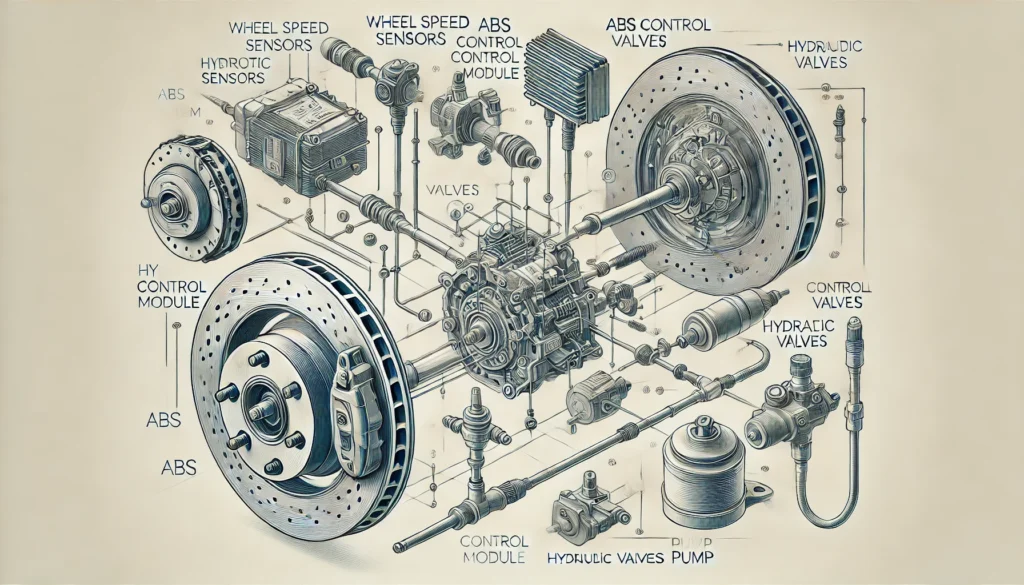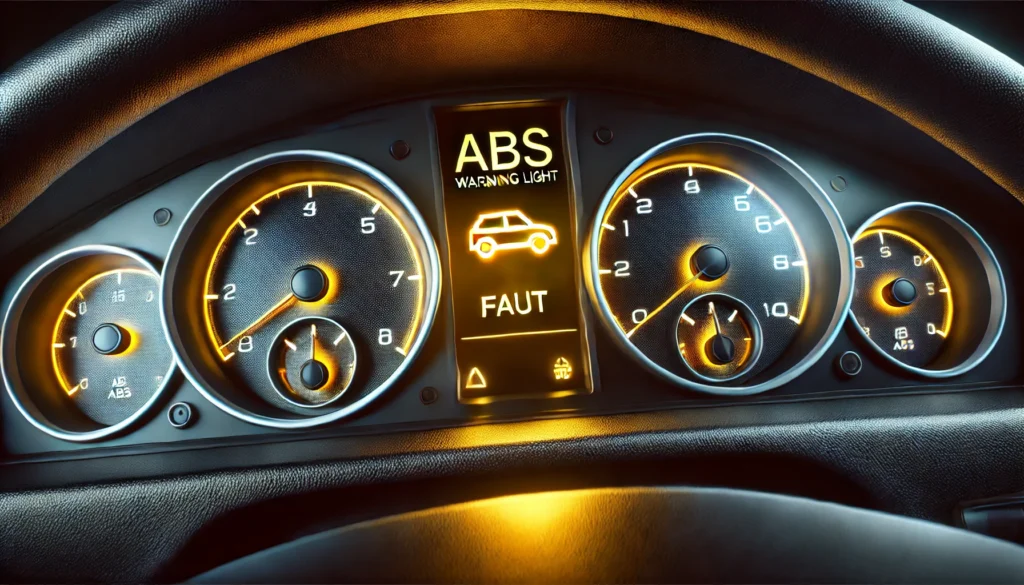The Anti-lock Braking System (ABS) is an essential safety feature in modern vehicles, designed to prevent the wheels from locking up during braking, thereby maintaining steering control and reducing stopping distances. When an ABS fault occurs, it raises various concerns about vehicle safety and performance. One common question is whether an ABS fault can affect the vehicle’s speed limit. Understanding the implications of an ABS fault can help ensure safe driving and prompt necessary repairs.
Understanding ABS and Its Function
The ABS works by using sensors at each wheel to monitor wheel speed. If the system detects that a wheel is about to lock up, it rapidly modulates the brake pressure to that wheel to prevent it from locking. This allows the driver to maintain control and steer the vehicle during emergency braking situations.

Impact of ABS Fault on Vehicle Speed Limit
- No Direct Impact on Speed Limit:
- Explanation: An ABS fault does not directly affect the vehicle’s speed limit. The ABS is specifically designed to manage braking, not to control the vehicle’s speed.
- Scenario: A vehicle with a faulty ABS can still accelerate to its maximum speed as determined by the engine and transmission specifications.
- Indirect Impact Through Safety Concerns:
- Explanation: While an ABS fault does not limit the vehicle’s speed, it can create safety concerns that indirectly affect how fast it is safe to drive.
- Scenario: Without a functioning ABS, the risk of wheel lockup during hard braking increases, particularly on slippery surfaces. This can make high-speed driving more dangerous, as the ability to stop safely is compromised.

- Increased Stopping Distances:
- Explanation: A faulty ABS can lead to increased stopping distances because the system can no longer modulate brake pressure to prevent wheel lockup.
- Scenario: At higher speeds, the inability to stop quickly can increase the likelihood of accidents, making it advisable to drive at lower speeds when an ABS fault is present.
- Loss of Steering Control:
- Explanation: The ABS helps maintain steering control during emergency braking. An ABS fault means this assistance is lost, increasing the risk of losing control, especially at high speeds.
- Scenario: Driving at lower speeds can help mitigate this risk, as it reduces the chances of needing to brake suddenly and lose control.
What to Do If the ABS Light Comes On
- Diagnose the Issue:
- Steps: Use an OBD-II scanner to read the error codes related to the ABS system. These codes help identify the specific problem, such as a faulty sensor or wiring issue.
- Inspect ABS Components:
- Steps: Check the wheel speed sensors, wiring, and ABS control module for any signs of damage or dirt. Clean or replace faulty components as necessary.
- Seek Professional Help:
- Steps: If you are unable to diagnose or repair the ABS fault yourself, consult a certified mechanic. Professional diagnosis and repair ensure that the ABS system is restored to proper working order.
Conclusion
An ABS fault does not directly limit a vehicle’s speed, but it significantly impacts safety, particularly during braking. The loss of ABS functionality increases stopping distances and reduces steering control during emergency braking, making it essential to drive more cautiously and at lower speeds when an ABS fault is present. Regular maintenance and prompt repairs are crucial to ensure that the ABS system functions correctly, maintaining vehicle safety and performance.